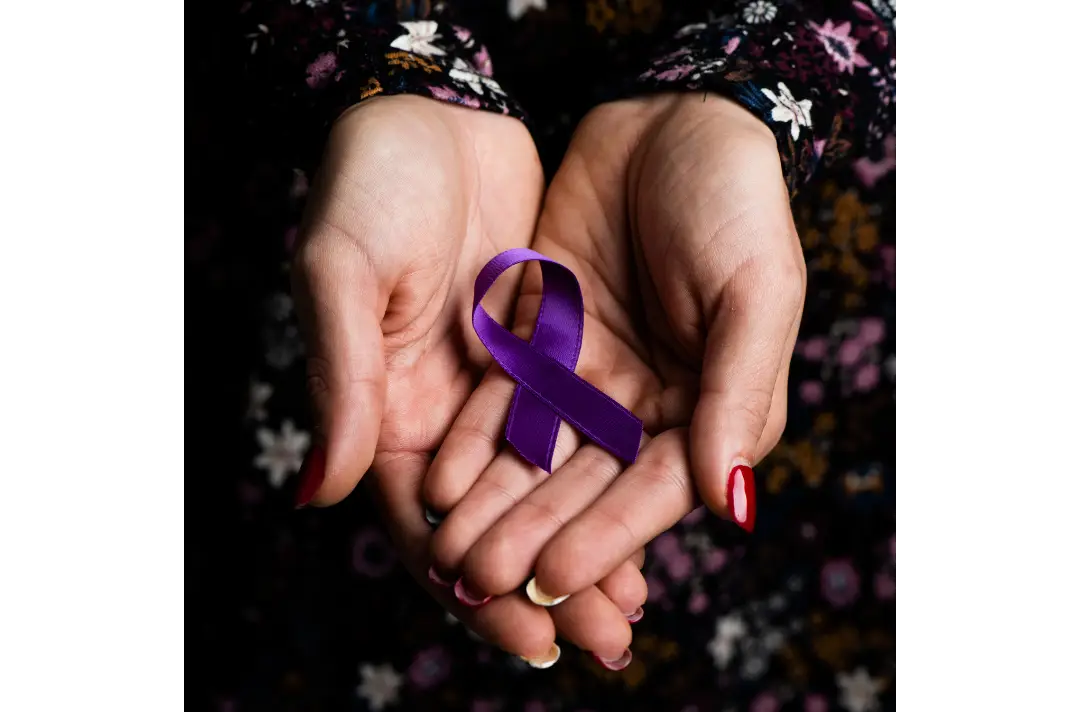Breaking the Silence: Domestic Violence Awareness
Introduction
Domestic violence is a pervasive and deeply troubling issue that affects individuals and families across the globe. It is a silent epidemic that often remains hidden behind closed doors, with victims suffering in silence. Domestic Violence Awareness Month, observed in October, provides an important opportunity to shed light on this issue, raise awareness, and work towards a world where no one has to endure the horrors of abuse within their own homes.
The Prevalence of Domestic Violence
Domestic violence is not confined by geography, age, gender, or socio-economic status. It can affect anyone. According to the WHO (World Health Organization), nearly one in three women worldwide has experienced physical or sexual violence by an intimate partner or non-partner. This staggering statistic emphasizes the need for increased awareness and action.
Forms of Domestic Violence
Domestic violence is not limited to physical abuse. It encompasses a range of harmful behaviors, including emotional, psychological, financial, and sexual abuse. These forms of abuse can have equally devastating consequences, leaving victims trapped in a cycle of fear, isolation, and trauma.
The Impact on Victims
The effects of domestic violence on victims are profound and long-lasting. Beyond physical injuries, victims may experience anxiety, depression, post-traumatic stress disorder, and a diminished sense of self-worth. These scars can persist even after escaping an abusive relationship. Children in abusive households also suffer, often carrying the trauma into their adult lives, perpetuating the cycle of violence.
The Importance of Awareness
Domestic Violence Awareness Month plays a pivotal role in addressing this issue. Awareness campaigns and events provide a platform for survivors to share their stories, reducing stigma and shame associated with being a victim. They also educate the public about the signs of domestic violence and resources available for those in need.
Promoting Awareness
- Education: Schools, communities, and workplaces can offer educational programs to increase awareness about domestic violence. These programs can include information on warning signs, prevention strategies, and available resources.
- Supportive Services: Governments, non-profit organizations, and individuals can fund and support organizations that provide services to survivors, such as shelters, hotlines, legal aid, and counseling.
- Advocacy: Advocacy groups and individuals can push for policy changes and legal reforms that protect victims and hold perpetrators accountable.
- Prevention: Communities can implement programs that focus on preventing domestic violence, including teaching healthy relationship skills and conflict resolution techniques.
- Social Media: In the digital age, social media is a powerful tool for raising awareness. Hashtags like #DVAM and #BreakTheSilence can help amplify the message and connect survivors to resources.
Breaking the Cycle
Breaking the cycle of domestic violence requires a collective effort from society. We must empower survivors to speak out, support them on their journey to safety and healing, and educate our communities about the signs and consequences of abuse. By doing so, we can create a society where domestic violence is not tolerated, and every individual can live a life free from fear.
Conclusion
Domestic Violence Awareness Month serves as a crucial reminder that domestic violence is a pervasive issue that affects millions of people worldwide. By raising awareness, offering support, and advocating for change, we can work together to break the cycle of violence and create a world where every home is a safe haven.
Remember: The first step in addressing Domestic Violence is to break the silence and ensure that victims no longer suffer in silence.

